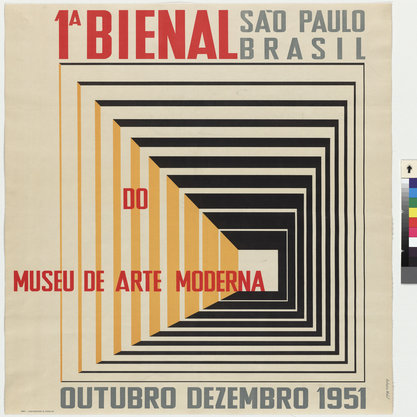Article
Lam, Wifredo (1902–1982) By Hartman, Joseph
Article
The work of Cuban artist Wifredo Lam is internationally recognized for its blending of European modernism, especially cubism and surrealism, with the visual culture of Africa and the Caribbean. Lam is most famous for his paintings of mask-like figures and animal–human hybrids arranged in geometrized tropical spaces. These figures often suggest the spirit of orishas, divine beings associated with Santería, a Cuban religion that fuses Catholic saint imagery with the sacred practices of the Yoruba in West Africa. Lam’s hybrid figures engaged and subverted the modernist technique of primitivism—a technique that entails the appropriation of non-Western visual forms regardless of cultural meaning, as in the African mask-like faces of Picasso’s famous painting Les Demoiselles D’ Avignon (1907). With an intimate knowledge of Afro-Cuban cosmologies, Lam asserted that his appropriations embodied a kind of “Trojan Horse”—recombinant visual forms that challenged bourgeois tastes based on Western stereotypes. Lam’s most famous work comes from his time in Cuba, before he settled in Paris in the 1950s. The Jungle, created in 1943 and currently on display at the Museum of Modern Art in New York, is considered Lam’s masterpiece.



